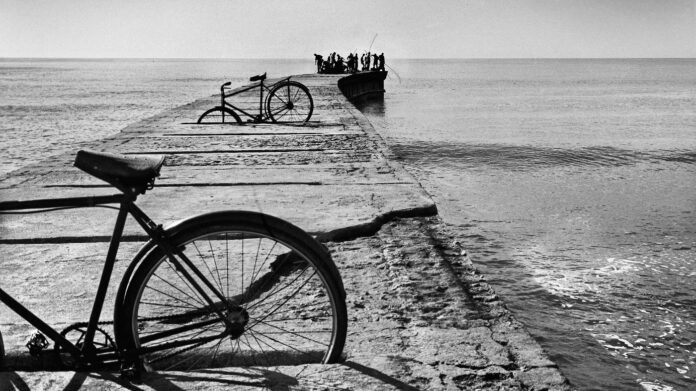A flawless, shimmering complexion, endless eyelashes, dramatic light and shadow: Annemarie Heinrich was a master of illusion. In the 1930s, the photographer, who was born in Darmstadt in 1912, determined for a good 40 years what a star in Argentina’s booming film and show business should look like. The covers of the illustrated magazines not only bore her artistic signature, Annemarie Heinrich signed her cover photos, which were printed with her “autograph”. A star among the stars.
Three spotlights made from cut-open petrol drums in the living room, under their light the neighbors from Villa Ballester, a suburb of Buenos Aires popular with German immigrants. The start was anything but glamorous for Annemarie Heinrich. After the start in the new country went completely wrong for her family, who had emigrated from Berlin, the fact that her father had brought a camera with him from Germany was probably decisive for Annemarie’s choice of career.
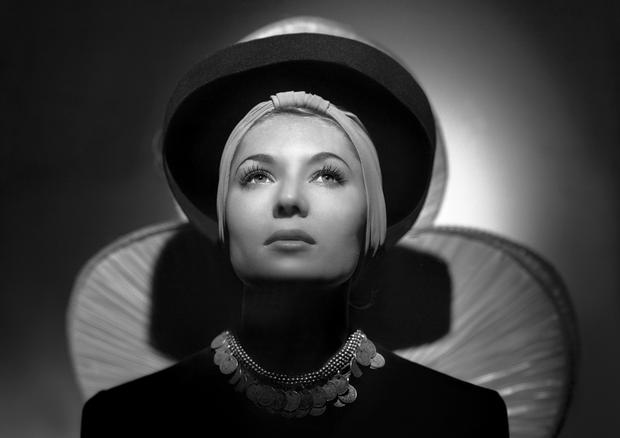
© Annemarie Heinrich
She first learned to use the camera professionally by cleaning and assisting in the German-speaking photo studios of Buenos Aires. At home in Berlin, Annemarie had dreamed of becoming a dancer. When her father decided to leave Germany for political and economic reasons in 1926, the 14-year-old was arguing with him about this heartfelt wish. “Not a whore!” was his verdict and final word.
In Buenos Aires, Annemarie Heinrich found a way to compensate for her shattered dreams of being on the stage. She set up her first studio directly behind the famous Teatro Colón. Soon she was photographing not only national musicians, actors, artists and intellectuals, but also international stars and companies passing through. She was talented and affordable.
Portraits of the violinist Yehudi Menuhin or opera singer and human rights activist Marian Anderson were soon published worldwide, photos for the American Ballet Theatre alongside those of Cecil Beaton or Richard Avedon in one publication. In her pictures on the subject of dance, Annemarie Heinrich’s technical perfectionism was combined with her great joy in experimentation, which she otherwise lived out after the official commissions had been completed.
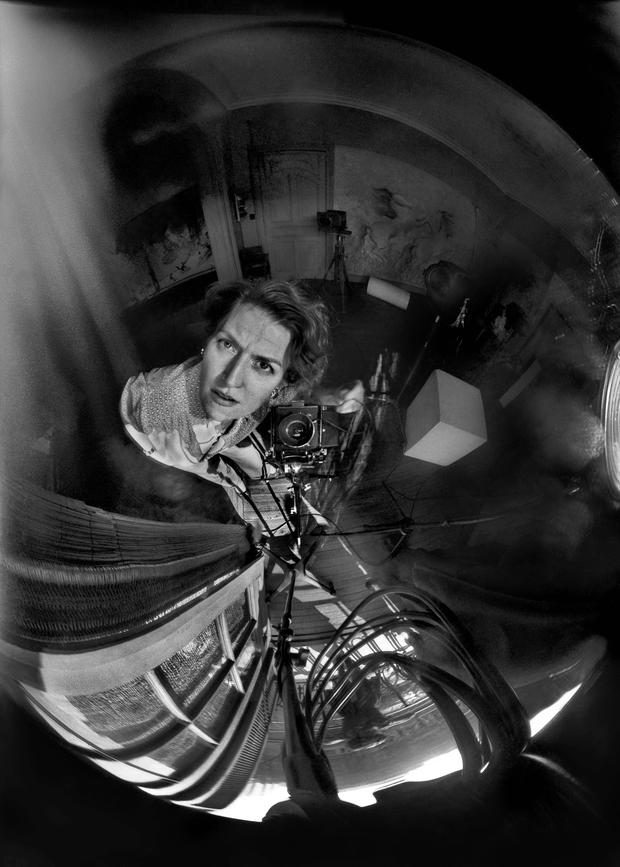
© Annemarie Heinrich
In the retrospective “Annemarie Heinrich. Photographs between Germany and Argentina 1933-1987” in the Willy Brandt House, which the curators Lutz Matschke and Renata Jonic have wonderfully curated from the holdings of an exhibition that Annemarie Heinrich herself had put together in 2004, a year before her death, her magnificent architectural and landscape photographs can now also be discovered.
Annemarie Heinrich took photography in Argentina to a new level
They emerged not least in the confrontation with the next wave of German Immigrants like Grete Sternwho brought the theories of the Bauhaus with them and in the photographers’ circle “Carpeta de los diez” that she founded. With ten colleagues who challenged and criticized each other in order to escape the academicism of the photography clubs, she raised the art of photography in Argentina to a new level.
Remarkable for a woman in a country that was shaped by Catholicism and machismo. The fact that Annemarie Heinrich and later all the employees of her ever-growing studio wore trousers may have had practical reasons. But she was probably also aware of the proto-feminist external impact.
For today’s viewer, Annemarie Heinrich’s free images are the strongest. Particularly impressive is the sensitivity and sensuality in the extensive group of female nudes. And who knows what could have developed at another time from her interest in male or almost queer sensuality, as in the photographs of the dancer Serge Lifar in “Le Spectre de la Rose”.
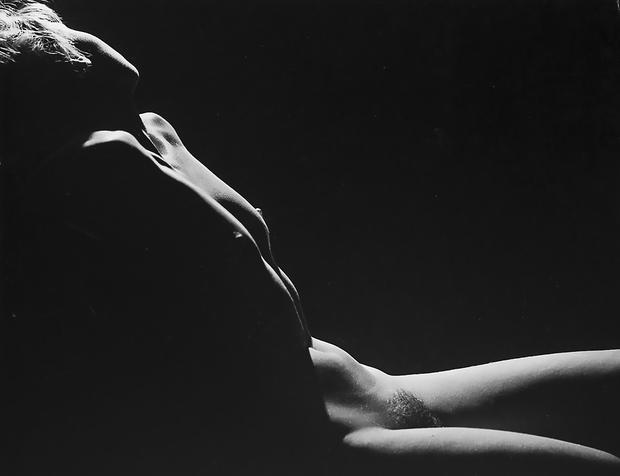
© Annemarie Heinrich
In 1991, her sensual art was still too much for Argentine society. When Annemarie Heinrich put a nude picture of the actress Tilda Thamar from 1946 in her shop window, the police closed her studio after complaints. This case of censorship caused a stir and, ironically, the picture was soon featured in all the newspapers. After the end of the military dictatorship, Argentina was in a spirit of optimism and needed brave female artists and successful role models.
Her socialist attitude was not reflected in her photographs
In the 1950s, Annemarie Heinrich visited Germany twice – to further her technical training, but also to compete internationally. She also visited Berlin and was particularly impressed by the developments in the eastern sector of the city. She had inherited her socialist attitude from her father. This was tricky in Argentina, where the German community had bitter disputes over the Nazi regime in Germany.
Heinrich avoided politics in her work. The later First Lady Eva Peronwhich had photographed Annemarie Heinrich as a young actress in a bikini and short dresses, she replied to the request for a portrait of the president: “If Péron wants a portrait, he should come to my studio.” Of course he did not come.
If Péron wants a portrait, he should come to my studio.
Annemarie Heinrich
Over the decades, Annemarie Heinrich also witnessed Argentina’s continuous decline from one of the richest countries – not only in South America – to a country plagued by corruption and hunger.
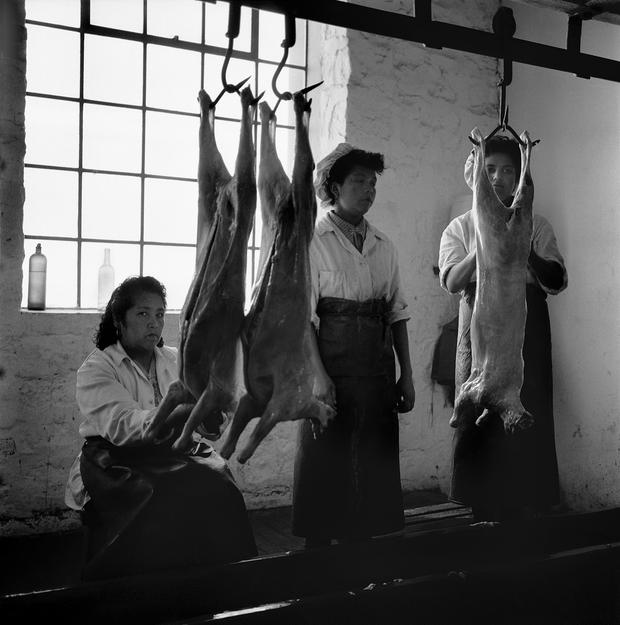
© Annemarie Heinrich
For the Berlin exhibition, the curators have integrated the impressive works from the “Working Women” portfolio, not least as a reference to the exhibition location in the SPD party headquarters. Annemarie Heinrich was very proud of this highly political work, which has never been exhibited before.
It was Annemarie Heinrich’s great wish that her work would one day be shown in its entirety in her home town, even if she was perhaps thinking more of the city of her childhood. The works exhibited here are a feast for the eyes and the beginning of a rediscovery and reassessment that began internationally years ago. Ingolf Patz
